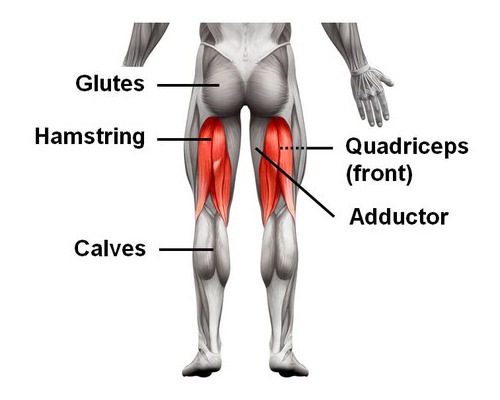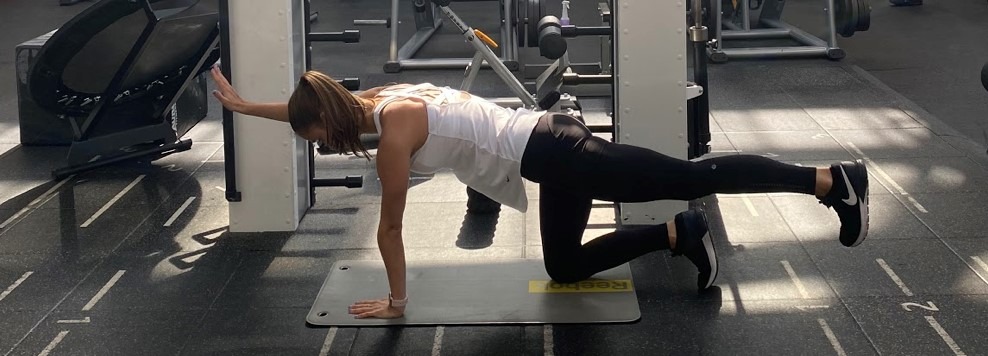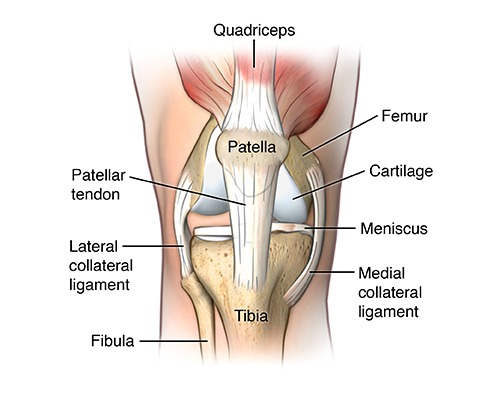What are the most common running injuries?
To help you understand further about the most common running injuries, we have created this blog post with some useful information below. This should help you to identify what the most running injuries are, how to avoid them and also how to treat the problem.
Running is a sport that utilises the whole body, therefore one of the most common running injuries, is muscle tears. These will primarily happen in the lower limb due to the repetitive nature of running. Below why we go into more detail about why muscle tears are the most common running injury and what you can do to help.
We are going to look at 3 main muscle groups:
- The quadriceps located on the front of the leg
- The hamstrings located on the back of the leg
- The adductors located on the inside of the leg
When a muscle tears it is put under too much tension which causes the damage. Muscle tears are split into 3 different categories.
- Grade 1: Mild damage to muscle fibres (less than 5% damaged). You will experience minimal loss of strength and motion. You will need a recovery time of 2-3 weeks
- More extensive muscle fibre damage. You will experience more pain with a greater loss in strength & movement. Some bruising may occur. Normal recovery time Is 2-3 months.
- A complete rupture of the muscle or tendon. Severe swelling and bruising. Near complete loss of strength and movement. Often your practitioner will be able to feel the location of the rupture. 3-6 months recovery time.

Why are muscle tears, the most common running injuries?
- Lack of stretching of the leg muscles
- Overuse/Tiredness of the muscle
- Previous history of muscle tears
- Quick sudden movements
- Lack of appropriate strength training after previous injuries
What symptoms will I feel if I have a muscle tear?
- Localised pain around the region of the tear
- Loss of muscle strength
- The area of tear will be warm to touch
- Difficulty moving the area of tear
- Visible Swelling & Bruising with Grade 2 or 3 tears
What are the treatment options if I am suffering a Muscle tear?
- Reducing the inflammation around the tear itself – This can be done through treatments such as acupuncture, EMS therapy, Ultrasound, cryotherapy. You can aid this process at home by using Ice around the painful region.
- Grade 1 tears should heal with the RICE protocol (Rest, Ice, Compression, Elevation.
- Complete rest from the painful activities/exercises in Grade 2/3 tears.
- Surgery may be required depending on the position of the tear and how bad the tear is (Grade 3)
- Strengthening of the leg muscles through specific targeted exercises – This will decrease the chance of future tears
We understand that sometimes it can be difficult to diagnose an injury without any medical training. Therefore if you are unsure or just want some piece of mind please book an appointment to see an injury specialist. They will be able to correctly diagnose the problem and inform you on the appropriate steps moving forwards.
To find out more about the treatments we offer and how we can keep treat your running injuries, please click the link below!
Treatments for Running Injuries


